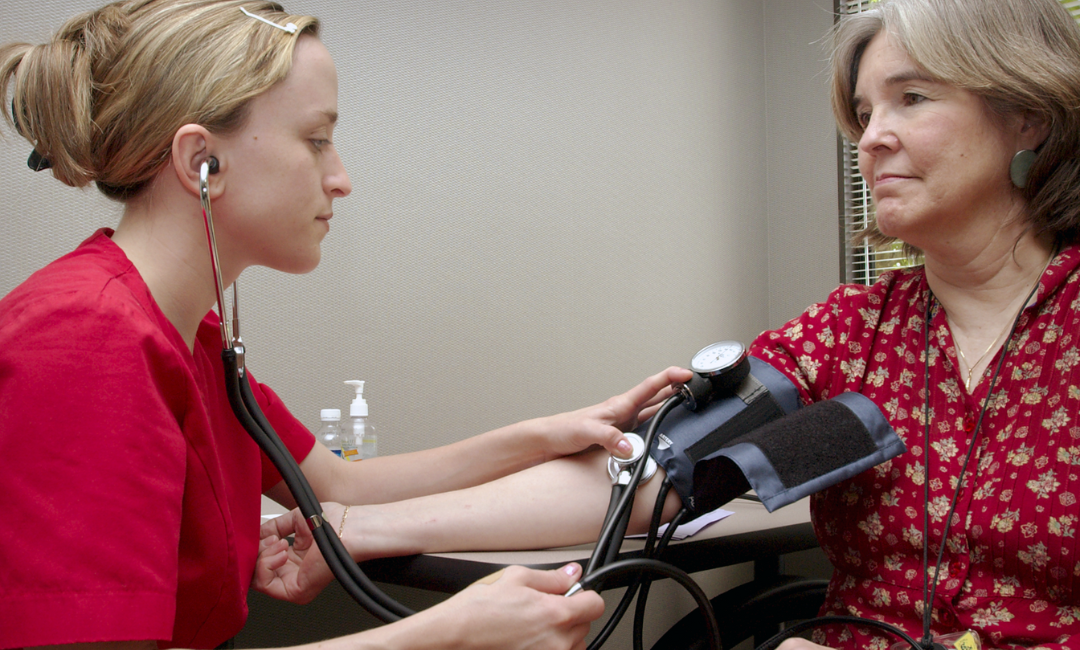OB Triage Staffing
Next, we will review some general staffing plans in each area to build perspective. Each facility will differ between one another due to census, staffing, and guidelines.
Emergency Room
A facility might even have dual or separate ownership of their emergency department creating separate regulating processes and billing components that govern the department, making it different from inpatient areas, such as labor and delivery.
Inside an ER department, there is typically a triage nurse, RNs, LPNs, technicians, and physicians.
L&D
Within labor and delivery, there are typically RNs and technicians. Depending on the facility there might be a physician or midwife present 24/7, but maybe only one on-call.
An RN might not be specifically placed to take outpatients or the same RN could be handling labor patients, intrapartum patients, couplets, etc.
Volume of labor and delivery patients can be extremely unpredictable with having none to having multiple triages in one hour.
The unpredictability makes it hard to accommodate for additional staff based off the need.









